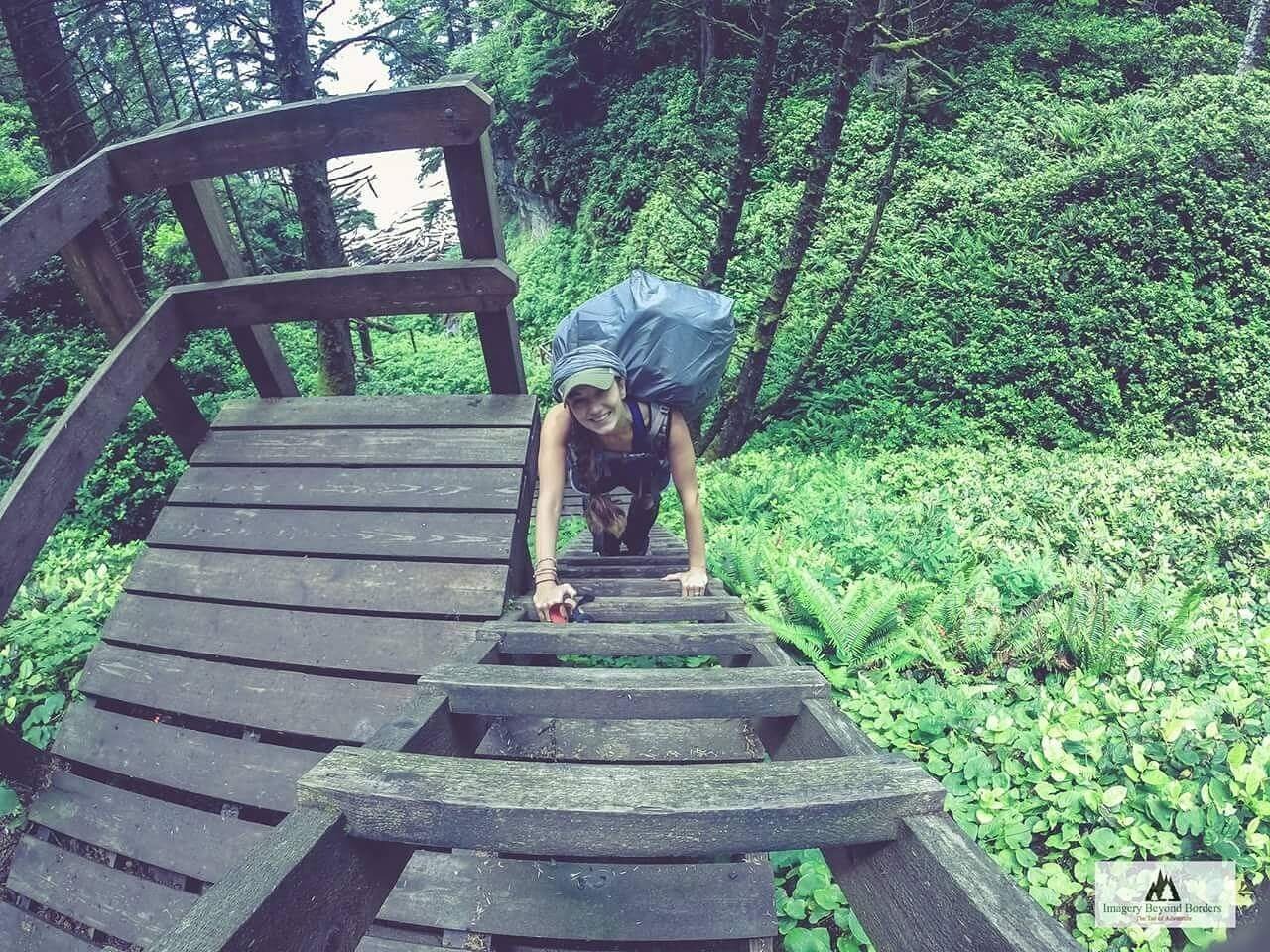Small Shamanic Ceremonies stay true to the culture and provide space for healing.
Melanie Boling, Extreme (ICE) Environments Behavioural Ecologist and Graduate Student of Neuropsychology, Harvard University in the Peruvian Andes (Imagery Beyond Borders, January 2021).
The human condition beyond the understanding of the United States Healthcare System and even academia seems to be the path that some United States Military Veterans are on in order to find relief for themselves (Plotkin, 2021).
If the ‘psychedelic renaissance’ continues to proliferate in the United States at the pace it is currently at, this could mean that more avenues of care will be readily available to civilians and veterans, alike.
However, until the United States Government deems these plant medicines legal, people will continue to seek refuge outside of the bubble of the United States or find other ways to be treated by plant medicine that strays from the more traditional methods used by shamans and other facilitators/practitioners of the Amazon Rainforest healing.
Shamanic Healing is said to “free the soul from the body in order to communicate with the spirit realm” (Plotkin, 2021). These “consultations” with the spirit world through traditional plant medicine healing techniques such as consuming the ayahuasca brew that stimulates the brain and body are often accompanied by a magic song; or in the Shipibo culture “The Icaros”. It is said that consuming ayahuasca makes you dizzy, and the dizziness brings about the magic song.
“The most important tool used by shamans is the icaro. These traditional songs sung or whistled by shamans before, during, and after an ayahuasca ceremony not only comprise the setting of the experience, they also positively influence the internal landscape of a person’s psyche. While we’re still trying to understand icaros in therapeutic terms, there’s no doubt that these songs play a vital role in the healing aspects of ayahuasca” (Imagery Beyond Borders, January 2021).
My scientific theory is that the icaro magic song sung by the shaman directly penetrates the vagus nerve which is the main component of the Human Parasympathetic Nervous System; one of the direct connections that allow your brain and your gut to communicate with one another. The vagus nerve controls mood; immune response; digestion; and even your heart rate. All bodily functions are directly affected by the consumption of ayahuasca and throughout the duration of the ayahuasca ceremony. During the singing of the icaro the vagus nerve is stimulated, creating a more euphoric experience for some, and for others an uptick in purging for the ayahuasca consumer; and in some cases bystanders who only are present for the ceremony itself. This is the power of ayahuasca.
Traditional Ayahuasca Healing Centers around the world are springing up from India to Costa Rica promising the patients a week or more of services that often come with a hefty price tag.
Plant medicine healing centers or clinics allow shamans; tribal members; and facilitators to continue practicing the traditions of their culture and making a living while doing so (Plotkin, 2021). Thus, preserving and safeguarding a living history allows for more generations to learn the way of the rainforest through plant medicine.
In Sacred Valley of the Andes Mountains just outside of Cusco, Peru, Ayahuasca Healing Centers allow tribes to continue practicing the traditions of their culture and making a living while doing so (Imagery Beyond Borders, January 2021).
These healing centers lower the dependent variable of a tribe from going extinct; or moving further away from traditional ways that are not successfully being passed onto the younger generations (Plotkin, 2021).
With certain types of emotional trauma, like Complex-Post-Traumatic Stress Disorder or C-PTSD and Military Sexual Trauma or MST, small shamanic ceremonies would be the venue or “set and setting” of choice for those suffering from these types of mental illness. Largely, due to the extrinsic factors that play a centralized role in long-term post-traumatic stress or sexual abuse, assault, or trauma.
The idea of holding a small shamanic ceremony would also allow for facilitators and shamans alike to stay true to their culture while holding space to guide these survivors into a journey within themselves.
Nobody’s healing is more important than the other, and keeping a circle small would promote community, while also providing the participants to be on the same level with one another.
With regard to United States Military Veterans, offering the same level of understanding through these profound psychedelic experiences could promote a sense of unity and purpose. Being a part of something bigger than oneself is a core value instilled in those who have served their country in the military forces.
Larger groups at healing retreats can often breed chaos as well as trauma-bonding, which would potentially push certain at-risk veterans to get lost in the shuffle. In turn, this would be repeating the same patterns that of the Veterans Affairs Healthcare System, ultimately potentially providing a short-term band-aid that would later fail the veteran with long-term relief.
Would you like to know more?
Be sure to read back on all of our articles about Entheogen Therapy or Psychedelic Plant Medicine derived from the scientific paper, “Reported results of Amazonian Entheogens for treatment of Complex-Post-Traumatic Stress Disorder (C-PTSD); Military Sexual Trauma (MST); and Traumatic Brain Injury (TBI) among U.S. Military Veterans and the benefits of application through small group indigenous shamanic ceremonies”.
References:
Boling, Melanie (2021). Reported results of Amazonian Entheogens for treatment of Complex-Post-Traumatic Stress Disorder (C-PTSD); Military Sexual Trauma (MST); and Traumatic Brain Injury (TBI) among U.S. Military Veterans and the benefits of application through small group indigenous shamanic ceremonies. The Amazon Rainforest: From Conservation to Climate Change-research. Harvard Summer School, August 9, 2021.
Plotkin, M. J. (2021). The Amazon: What everyone needs to know. Chapter 8 seminar. Lecture notes The Amazon Rainforest: From Conservation to Climate Change- seminar. Harvard Summer School. Delivered 3 August 2021.
About the author.
Melanie began attending Harvard in 2020 to complete a Graduate Certificate in Human Behavior with a specialization in Neuropsychology. Boling’s research has examined extreme environments and how they can have a potential negative impact on humans operating in the extreme environment. During her time at Harvard, she has built a mental wellness tool called a psychological field kit. Implementing these tools will allow an individual to thrive in an extreme environment while mitigating negative variables such as abnormal human behavior which can play a role in team degradation.
Melanie Boling, Extreme (ICE) Environments Behavioural Ecologist, Peer Wild; and Graduate Student of Neuropsychology, Harvard University.








































